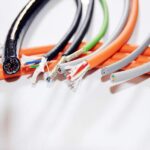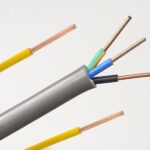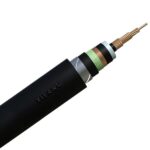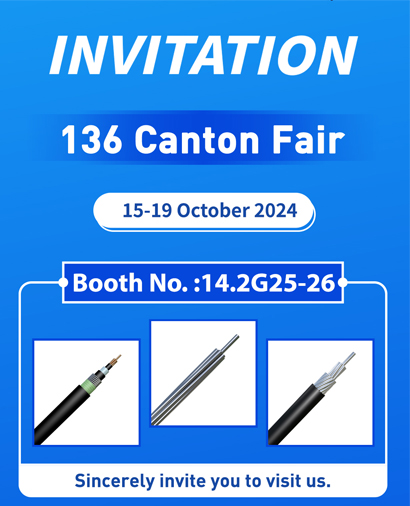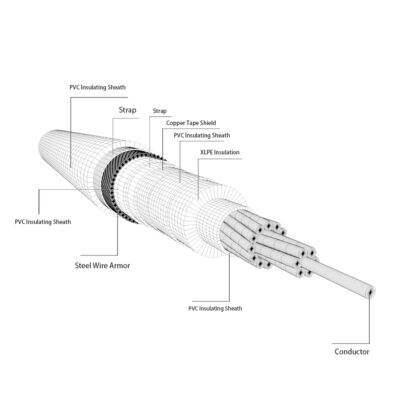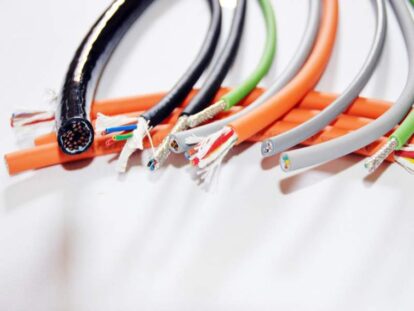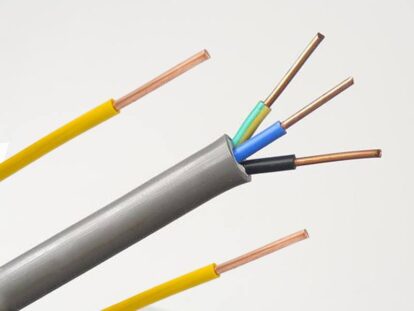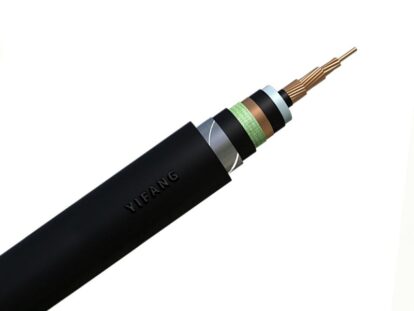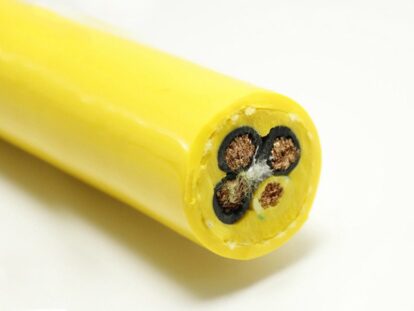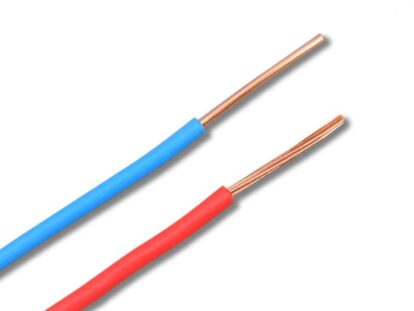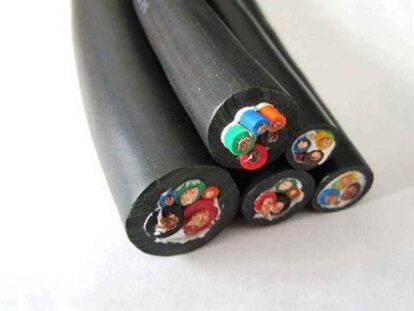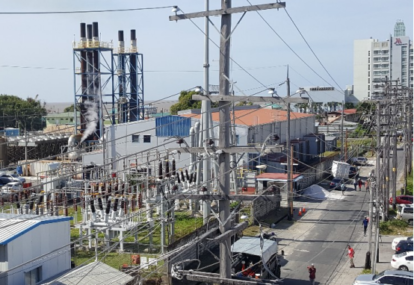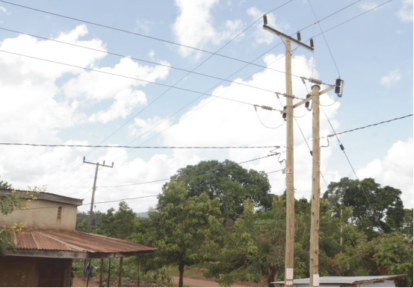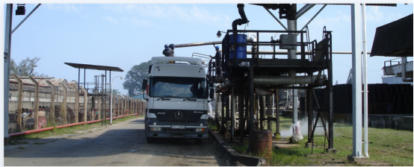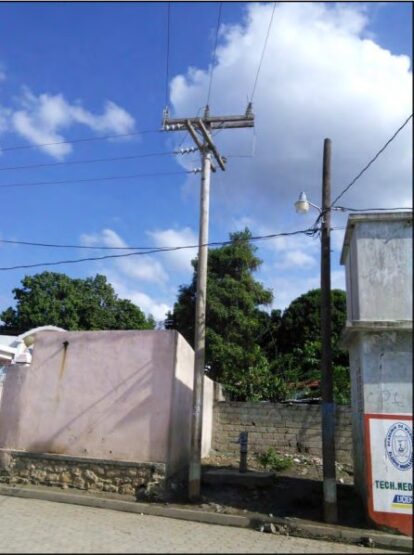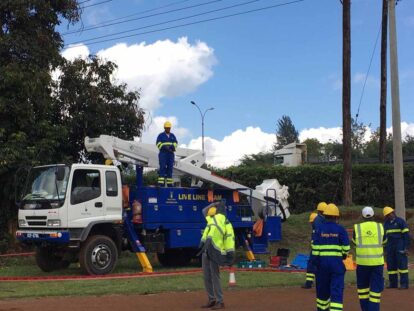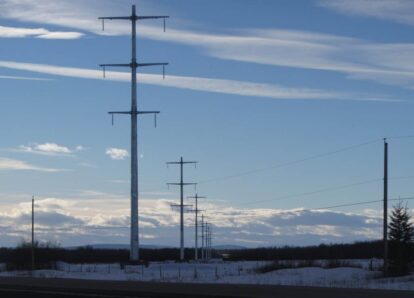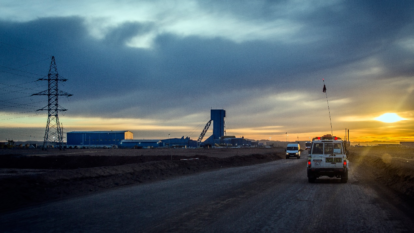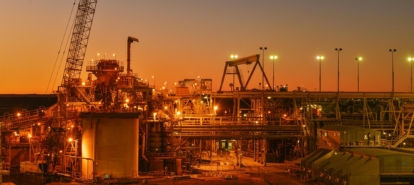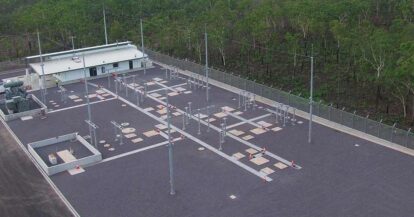Mineral insulated (MI) cable, also known as magnesium oxide cable or fireproof cable, is a copper core copper sheathed cable insulated by mineral material magnesium oxide powder.
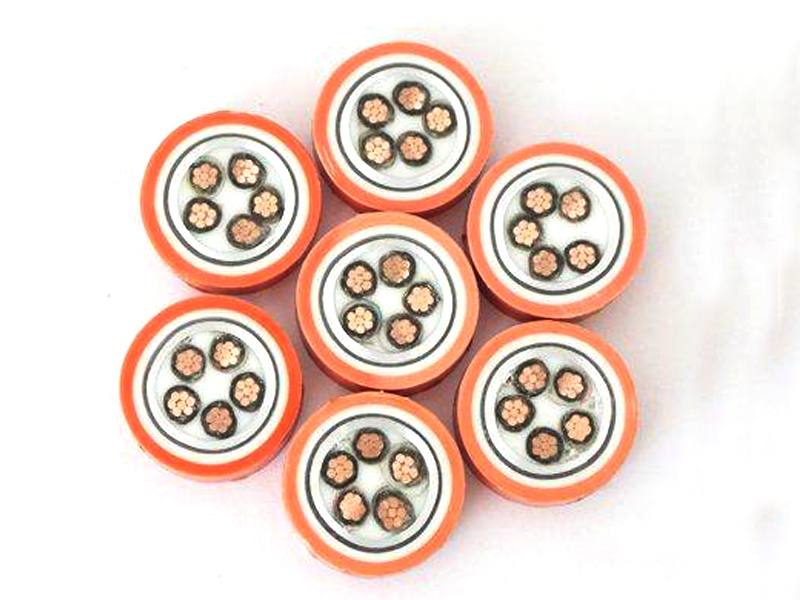
Mineral insulated cables have unparalleled advantages compared to other cables, such as fire prevention, large carrying capacity, mechanical damage resistance, halogen-free and non-toxic, explosion-proof, waterproof, corrosion resistance, long life, safety, overload resistance, high temperature resistance, termite resistance, and Rat bite, small cable bending radius, copper sheath as protective grounding wire, low cost and so on. Its use in the fire protection system provides a reliable guarantee for the normal operation of the fire protection system.
Mineral Insulated Cable Properties:
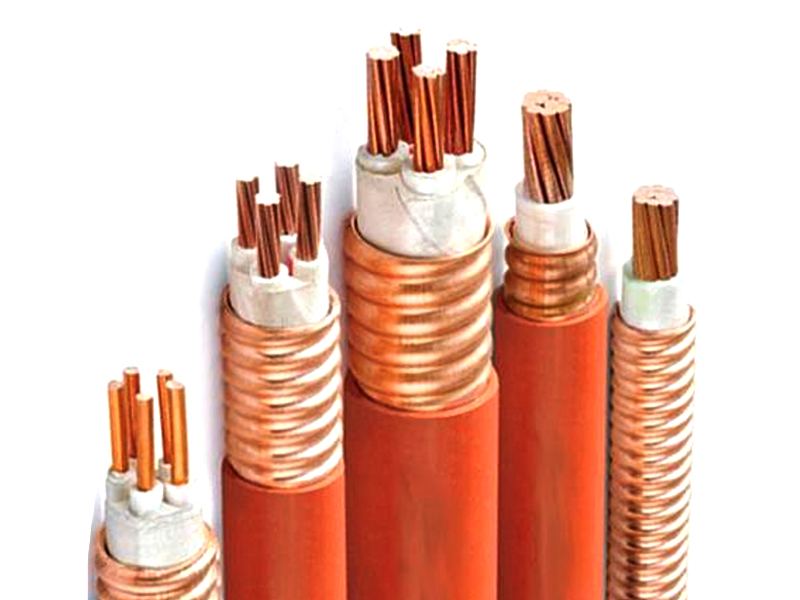
Structural principle: Mineral insulated cables are composed of mineral material magnesium oxide and metal material copper, and the magnesium oxide insulating material is highly compacted in the seamless copper sheath, forming a dense body together with the core and the sheath. The melting point of magnesium oxide insulation material is as high as 2800°C. Below this temperature, its insulation performance will not change significantly, while the melting point of copper is 1083°C. As long as the melting temperature of copper is not reached, the cable will not be damaged and can still continue to work. run.
Fire resistance: The fire resistance of mineral insulated cables meets the fire resistance time of 950 °C and 180 min specified in the product standard. Many fire scenes have also fully proved that after the fire, among all the cables, only the mineral insulated cables are still intact.
High temperature resistance, no aging: Mineral insulated cables can be used continuously for a long time at 250 ℃, with a life span of more than 250 years. Since the cables are all composed of inorganic materials, they are extremely difficult to age, and will not cause and spread fire, which is an essential Safe product.
Smoke-free, halogen-free, radiation-resistant: In the case of overload or fire, the mineral insulated cable itself will not release any harmful gas and smoke, and the light transmittance reaches 100%, which is very important for ensuring the safe evacuation of personnel under fire conditions It is very important; it can also ensure that houses and equipment are not damaged by acid gas. It is an environmentally friendly cable. Since the entire structure of the cable is made of inorganic materials, there will be no change after irradiation, so it is especially suitable for the environment of nuclear radiation; also due to the structural characteristics of the seamless copper sheath of the cable, it can provide very good shielding for electromagnetic induction Effect.
Large carrying capacity and strong overload resistance: For cables with the same cross-section, mineral insulated cables have higher carrying capacity than other types of cables due to their high thermal conductivity, good heat dissipation and higher operating temperature; Organic cables must be protected by bridges or sleeves in power distribution to prevent heat dissipation and reduce the ampacity of the conductors. In this way, under the same ampacity conditions, the mineral insulated cables can reduce the cross-sectional area by more than 1 to 2 grades compared with ordinary organic cables. use. In addition, the melting point of magnesium oxide, the insulating material of mineral cables, is 2800 °C, which can withstand more than 10 times the high current without being burned.
Overvoltage resistance: Overvoltage will break down the cable. For organic cables, the insulation at the breakdown point will be burnt to form a carbon path, making the cable scrapped; and even if the mineral insulated cable is broken down, it will be used as the oxidation of the cable insulation layer. Magnesium, the breakdown point will automatically solidify after melting, basically will not reduce the withstand voltage level of the cable, and the cable can still be used after passing the test.
Corrosion resistance and mechanical damage resistance: Copper has excellent corrosion resistance, and in most cases, no additional protective measures are required; in special cases, such as when used in some occasions that corrode the copper sheath of the cable , a layer of plastic jacket can be added outside the cable. Because the copper sheath of the cable has a certain strength and toughness, and the magnesium oxide is compressed by high strength during the cable processing, so when the cable is subjected to bending, flattening, and torsion, the cable core wire, the core wire and the sheath The relative position between remains unchanged, and no short circuit will occur.
Where to use mineral insulated cables?
- Mineral insulated cables are used for power distribution of large-capacity electrical equipment in buildings, such as air-conditioning units, domestic water pumps, etc.; in places where the basement needs to pass through fire compartments, mineral insulated cables are used for power distribution, which can better reflect the superiority of fire-resistant cables sex.
- All elevators, roof advertisements, and landscape lighting electrical equipment in the elevator machine room of the building shall use mineral insulated cables for power distribution.
- Large shopping malls have access to power distribution rooms, and it is convenient to lay mineral insulated cables, so it is a good choice to use mineral insulated cables as distribution trunk lines.
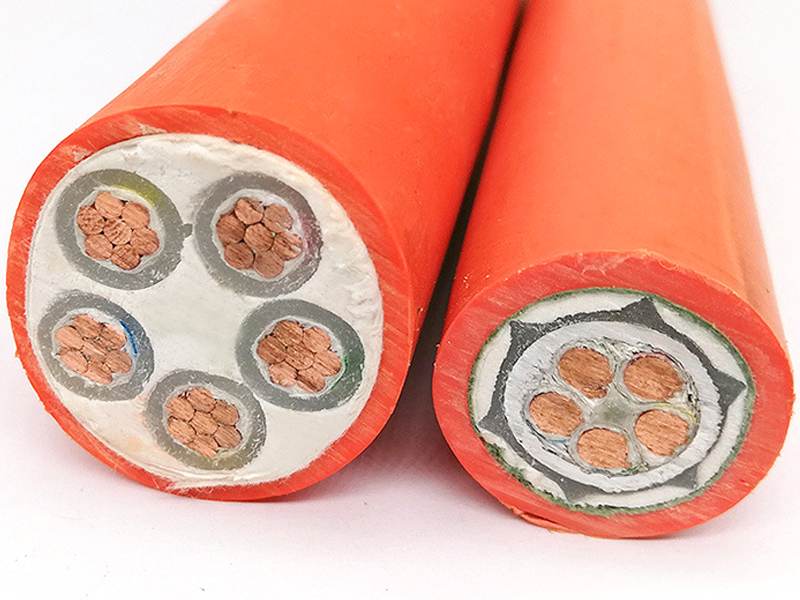
How To Install MI cable?
- After the mineral insulated cable is cut off, the saw end should be temporarily sealed to prevent moisture and moisture from entering the insulation layer.
- When the cable passes through the expansion joint or settlement joint of the building, an expander should be installed, that is, the cable should be set in an S shape to solve the expansion and contraction problem of the cable.
- The copper sheath of the mineral insulated cable must be grounded, and the section and connection of the grounding wire should also meet the standard requirements, and one end should be grounded.
- Test the resistance immediately after the joints of each cable are installed, and test again 24 hours after passing the test to check the sealing condition of the intermediate joints.
- The protective layer of the single-core cable will produce weak eddy current phenomenon under the action of gate alternating current. In order to prevent the accumulation of eddy current when multiple cables are used, different arrangement and laying methods can be used to reduce the influence of eddy current.
- When the cables are laid vertically along the bridge frame, they can be fixed by binding copper wires. The steel cable clips can only be used to fix the three phases of a single-core cable together, and cannot be used for fixing a single single-core cable.
- During the cable laying process or after the laying installation is completed, it is strictly forbidden to drag or collide the live welding wire on the cable to prevent holes in the copper sheath of the cable and cause moisture in the air to be absorbed by the magnesium oxide insulation , leading to a decrease in the cable insulation resistance.
Conclusion
With the successful development of mineral insulated cables, its scope of use will become more and more extensive. At the same time, the use of mineral insulated cables also protects the safety of people's lives and properties.


